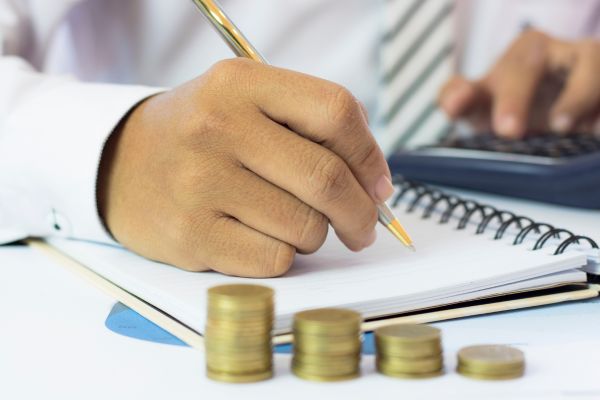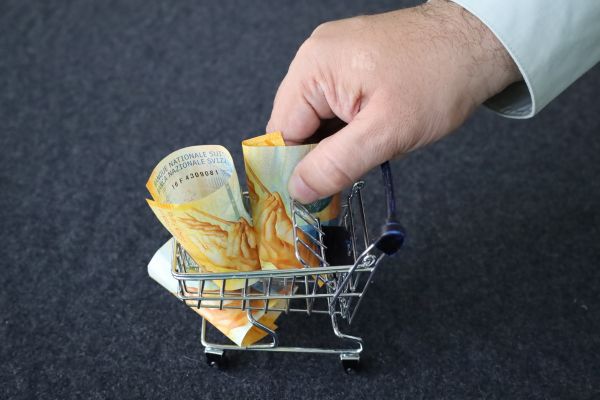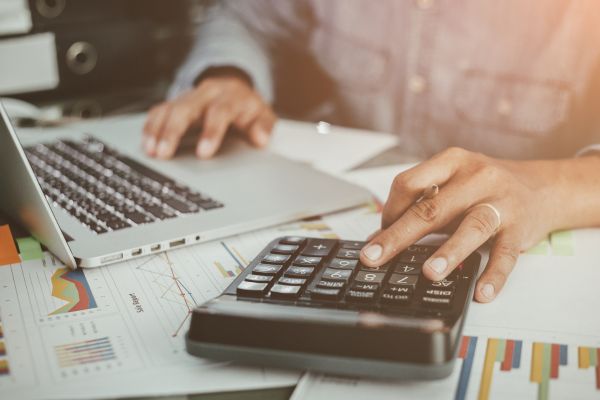Find out what the Selic rate is and what its impact is
THE Selic rate It is one of Brazil's main economic indicators, directly influencing the interest charged on loans, financing and investments.
If you want to understand better What is the Selic rate and what is its impact? of it in your daily life, continue reading and discover how this rate can affect your financial life and your investment decisions.
What is the Selic rate?
THE Selic (Special Settlement and Custody System) is the basic interest rate of the Brazilian economy, defined by Monetary Policy Committee (Copom) from the Central Bank of Brazil.
This rate serves as a reference for all financial operations in the country, impacting everything from the cost of credit to the yield on financial investments.
It works as a thermometer for the economy. When the Central Bank wants to stimulate economic growth, it reduces the Selic rate to facilitate credit. On the other hand, when it needs to contain inflation, it increases the Selic rate to make loans more expensive and discourage consumption.
The Selic rate is divided into two versions:
- Selic Target: It is the rate determined by Copom as a target to be followed by banks and financial institutions.
- Selic Over: Represents the effective rate of very short-term loans between financial institutions, backed by public securities.
How is Selic calculated?
THE definition of the Selic rate occurs every 45 days, during meetings of the Monetary Policy Committee (Copom), an agency linked to the Central Bank.
In these meetings, members analyze various economic indicators, such as inflation, GDP growth and financial market behavior, to determine whether the Selic rate should be maintained, increased or reduced.
What is the impact of the Selic rate on the economy?
THE Selic rate directly impacts several sectors of the economy, influencing consumers, investors and businesses. See below how this rate affects different aspects of the economy.
1. Impact on Credit and Financing
THE Selic determines the interest charged by banks in loans, financing and credit cards. When the Selic is high, interest rates also rise, making it more expensive to borrow money. This can discourage consumption and make access to credit more difficult.
On the other hand, when the Selic is low, credit becomes cheaper, encouraging consumption and boosting sectors such as real estate and automotive.
Practical example:
- If the Selic rate rises from 6% to 10% per year, financing a car or property may become more expensive, as banks readjust interest rates.
- If the Selic rate falls, interest rates tend to decrease, making financing for high-value goods more accessible.
2. Effect on Inflation
THE Selic is the Central Bank's main tool for controlling inflation. When the prices of products and services are rising rapidly, the Central Bank can increase the Selic rate to make credit more expensive and reduce consumption, curbing inflation.
When inflation is low or under control, the Central Bank can reduce the Selic rate to stimulate the economy, facilitating access to credit and encouraging investment.
Why does this happen?
- With high interest, people spend less, reducing the demand for products and services, which helps control prices.
- With low interest, there is more money circulating in the economy, increasing demand and stimulating growth.
3. Impact on Investments
THE Selic rate directly influences fixed income investments, such as Tesouro Direto, CDBs, LCIs and LCAs. This happens because most of these investments follow the variations of the Selic rate.
- High Selic: Fixed income investments become more attractive, as they offer higher profitability and low risk.
- Low Selic: Investors are looking for more profitable options, such as shares and real estate funds, as fixed income starts to offer lower returns.
Practical example:
- If Selic is at 12% per year, an investment in Tesouro Selic can offer an attractive return without risks.
- If the Selic rate falls to 5% per year, the same investment will have a lower return, encouraging investors to seek alternatives in the stock market or in investment funds.
4. Influence on Exchange Rate
The variation of the Selic rate also affects the dollar exchange rate. When the Selic rate rises, foreign investments increase, increasing the value of the real. When the Selic rate falls, foreign investors can withdraw their capital from the country, devaluing the Brazilian currency.
This is because international investors are looking for higher interest rates to obtain better returns on their capital. When the Selic rate is high, Brazil becomes more attractive to these investors, strengthening the real against the dollar.
How does Selic affect your money?
If you have investments or financing, you need to monitor the Selic rate closely, as it can directly affect your income and the interest you pay.
For those who invest
If you invest in Selic Treasury, CDBs or fixed income funds, must follow the rate, as it directly influences the returns. In times of High Selic, these investments become more advantageous. However, when the Selic rate falls, it may be more interesting to diversify the portfolio with investments with higher returns.
For those who have debts
If the Selic rate rises, the interest rates on financing and loans increase. This means that the cost of credit may weigh more heavily on the budget. Therefore, it is essential avoid unnecessary debt in periods of high Selic rates and try to pay off debts before significant rate increases.
For the real estate market
Selic directly influences the real estate financing. When the rate is high, the installments become more expensive, discouraging the purchase of real estate. On the other hand, when the Selic rate falls, the interest rates on financing decrease, making the real estate market more heated.
How to monitor the Selic rate?
Follow the Selic evolution is essential for anyone who wants to make good financial decisions. Some ways to track the rate include:
Financial applications: Tools such as Tesouro Direto and digital banks offer updated graphs on the Selic rate.
Copom Meetings: They are released every 45 days and define the direction of the Selic rate.
Economic news: Portals such as Banco Central, Infomoney and Valor Econômico provide constant updates.
Now that you discovered what the Selic rate is and what its impact is, it becomes easier to make more assertive financial decisions. Whether it is to invest, take out credit or plan your finances, monitoring the Selic rate is essential to understand the direction of the economy and optimize your resources.
Pay attention to Copom meetings and assess how changes in the Selic rate may affect your pocket. With knowledge and strategy, you can take advantage of opportunities and protect your money in different economic scenarios.






